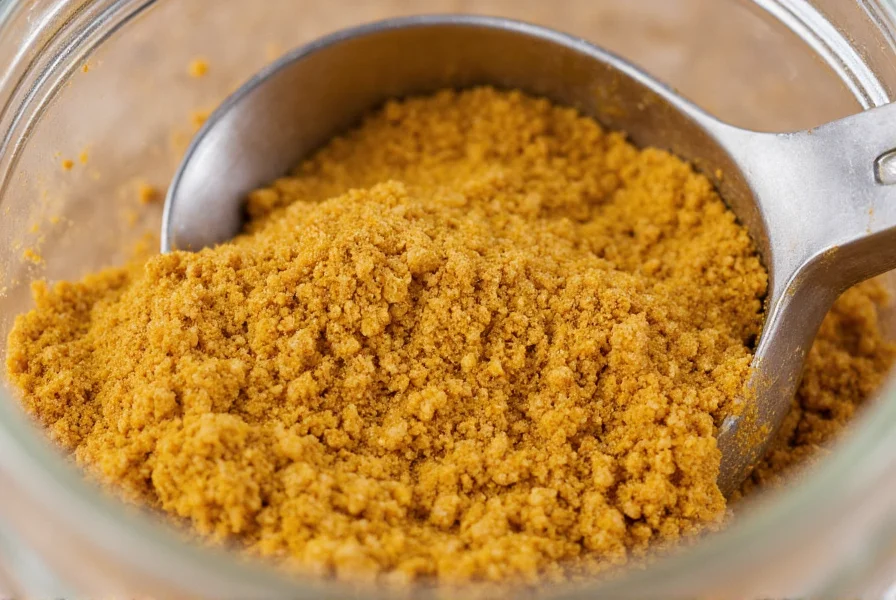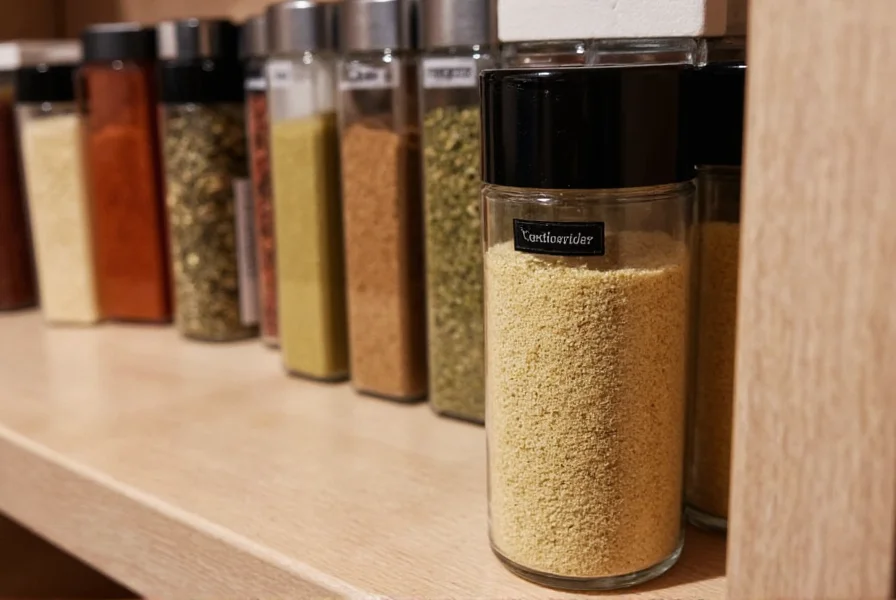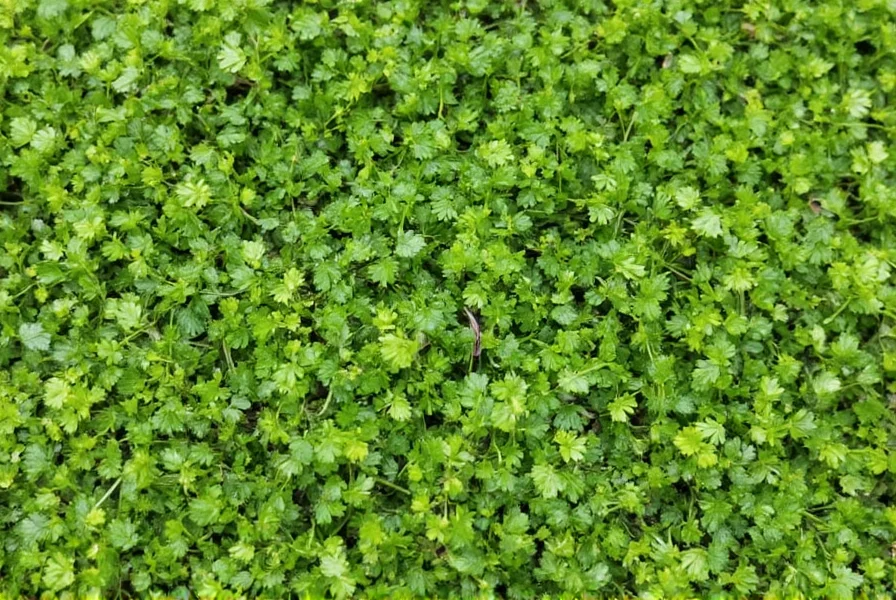When exploring ground coriander versus fresh coriander, it's essential to understand they come from the same plant but deliver dramatically different flavor experiences. The seeds, when dried and ground, transform into a warm, nutty spice with subtle citrus notes, while fresh cilantro leaves offer a bright, herbaceous flavor with polarizing soapy undertones for some palates.
What Exactly Is Ground Coriander?
Ground coriander consists of the dried seeds of the coriander plant (Coriandrum sativum) that have been milled into a fine powder. Unlike fresh cilantro (which refers to the leaves and stems of the same plant), ground coriander provides a completely different flavor profile that's essential in many global cuisines. Professional chefs and home cooks seeking how to use ground coriander in recipes will find it indispensable for building complex flavor bases.

Flavor Profile and Culinary Characteristics
Ground coriander delivers a warm, slightly sweet, and citrus-forward flavor with subtle floral notes. When evaluating ground coriander taste compared to other spices, it's less pungent than cumin but more complex than many single-note spices. The flavor intensifies when toasted before grinding—a technique professional chefs use to maximize ground coriander flavor enhancement in dishes.
Unlike fresh cilantro, which loses its flavor quickly when cooked, ground coriander's flavor compounds are heat-stable, making it ideal for long-simmered dishes. This characteristic explains why ground coriander in curry recipes appears in nearly every Indian, Middle Eastern, and North African spice blend.
Ground Coriander vs Fresh Coriander: Key Differences
| Characteristic | Ground Coriander | Fresh Coriander (Cilantro) |
|---|---|---|
| Source | Dried seeds | Leaves and stems |
| Flavor Profile | Warm, citrusy, slightly sweet | Bright, herbaceous, sometimes soapy |
| Heat Stability | Excellent for long cooking | Loses flavor with prolonged heat |
| Shelf Life | 6-12 months properly stored | 5-7 days refrigerated |
| Primary Culinary Use | Dry rubs, spice blends, stews | Garnishes, salsas, fresh sauces |
Top Culinary Applications for Ground Coriander
Understanding how to use ground coriander in cooking unlocks its potential across multiple cuisines. In Indian cooking, it's a cornerstone of garam masala and curry powders. Middle Eastern cuisine features it prominently in baharat and za'atar blends. For Western applications, try adding ground coriander to:
- Roasted vegetable seasoning blends
- Marinades for chicken and fish
- Homemade sausages and meatballs
- Spiced cake and cookie recipes
- Bean and lentil soups
When developing ground coriander recipes for beginners, start with 1/4 to 1/2 teaspoon per serving to avoid overwhelming other flavors. The spice works particularly well with complementary spices like cumin, turmeric, and cardamom.
Effective Substitutions When You're Out of Ground Coriander
If you need ground coriander substitutes in a pinch, consider these options with their limitations:
- Coriander seeds (toasted and ground): The closest substitute, though requires additional preparation time
- Cumin (use half amount): Provides earthiness but lacks citrus notes
- Fennel seed (ground): Offers similar sweetness but with distinct licorice notes
- Curry powder (use sparingly): Contains coriander but includes other competing flavors
For those exploring fresh coriander as ground coriander replacement, this generally doesn't work well due to the fundamentally different flavor compounds. Fresh cilantro cannot replicate the warm, toasted notes of ground coriander seeds.
Optimal Storage for Maximum Flavor Retention
To maintain ground coriander freshness and potency, store in an airtight container away from light, heat, and moisture. Properly stored, it retains optimal flavor for 6-12 months. For extended shelf life, keep in the freezer where it can maintain quality for up to 18 months. Always check for aroma before use—diminished scent indicates reduced flavor potency.

Nutritional Benefits and Health Considerations
While not a significant source of nutrients by volume, ground coriander contributes valuable compounds to your diet. Research on ground coriander health benefits suggests it contains antioxidants like linalool and pinene, which may support digestive health. A single teaspoon (2.1g) provides approximately:
- 8 calories
- 0.6g dietary fiber (2% of daily value)
- Trace amounts of iron, magnesium, and manganese
- Antioxidant compounds with potential anti-inflammatory properties
Professional Tips for Cooking with Ground Coriander
Master chefs recommend these techniques for maximizing ground coriander flavor in dishes:
- Dry toast whole seeds before grinding to enhance citrus notes
- Add early in cooking for soups and stews to allow flavors to meld
- Bloom in oil before adding liquids to intensify flavor compounds
- Combine with acid (lemon juice or vinegar) to brighten the flavor profile
- Use in both sweet and savory applications for unexpected complexity
When developing ground coriander spice blend ratios, remember that its mild nature means it often plays a supporting role rather than dominating the flavor profile.
Frequently Asked Questions
Is ground coriander the same as cilantro?
No, ground coriander comes from the dried seeds of the Coriandrum sativum plant, while cilantro refers to the fresh leaves. They have completely different flavor profiles—ground coriander is warm and citrusy, while cilantro is bright and herbaceous.
Can I substitute fresh coriander for ground coriander in recipes?
Fresh coriander (cilantro) cannot effectively substitute for ground coriander due to their fundamentally different flavor compounds. For best results, use whole coriander seeds toasted and ground, or consider cumin (at half the amount) as a more suitable alternative.
How long does ground coriander stay fresh?
Properly stored in an airtight container away from light and heat, ground coriander maintains optimal flavor for 6-12 months. For extended freshness, store in the freezer where it can retain quality for up to 18 months. Always check the aroma before use—diminished scent indicates reduced potency.
What dishes commonly use ground coriander?
Ground coriander is essential in Indian curries, Middle Eastern spice blends like baharat, North African tagines, and Mexican chorizo. It also works well in roasted vegetable seasonings, marinades, bean soups, and even some baked goods for subtle complexity.
Does ground coriander have health benefits?
Ground coriander contains antioxidants like linalool and pinene that may support digestive health. While not a significant nutrient source by volume, it contributes dietary fiber and trace minerals. Research suggests potential anti-inflammatory properties, though more studies are needed on specific health outcomes.











 浙公网安备
33010002000092号
浙公网安备
33010002000092号 浙B2-20120091-4
浙B2-20120091-4